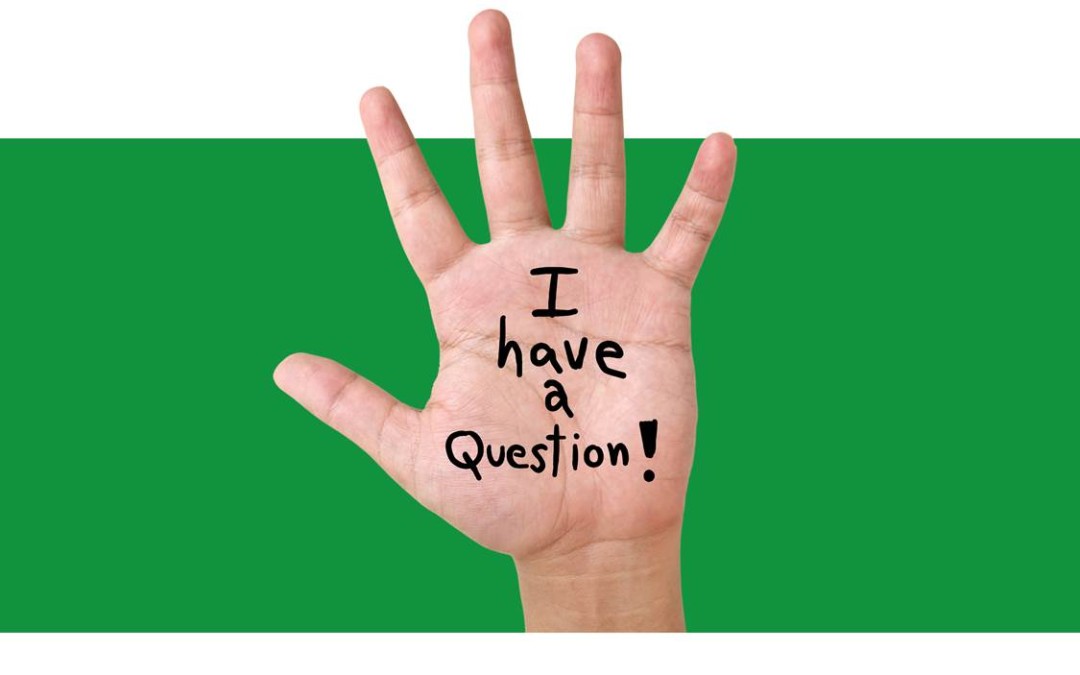Ah, the good old objection. The spanner in the works, just when it was all going so smoothly. The customer says it’s too much, it’s the wrong size, their customers won’t buy it, their dog won’t eat it! This is the stage at which the sales person has to work out if the objection is real, and what to do about it, sometimes on the spot. This can be daunting.
In my 29 years of sales, I have come across thousands of objections, in hundreds of industries, and they all boil down to two questions in the mind of the customer:
- Does it meet my needs right now?
- Is it worth the money?
Now, before we get to these very real and important questions, you will undoubtedly have to ask some more great questions to sort the real objection from the excuse not to buy.
As a national accounts manager in my early career, I sold crisps and snacks to supermarkets. On many occasions, I turned up to see a buyer, with the latest flavours of crisps in my sample case. I had Tomato Sauce, Turkey and Stuffing, and Worcestershire Sauce, to name but a few. On just as many occasions, the buyer would have a taste and say “No”. He didn’t like them, they wouldn’t sell, so he wasn’t listing them. Now, we both knew that the crisps were aimed at children that the flavour I had brought had been fully researched, and would probably sell. But what the buyer really wanted to know was why he should put the effort into launching this flavour above other options from other suppliers.
The untrained sales person can sometimes assume that an objection can be smoothed-over with a discount. I have seen this many times in real buying situations. I have also seen sales people offer a discount even before they are asked, because they assume that their price will be queried.
Most buyers, especially in business-to-business situations, are trained to use objections to get the best possible value out of a deal. Consumers will always be looking for a bargain, but not, as we looked at earlier, at the expense of value.
There are, in fact, many businesses that market themselves on price in the UK.
Ryanair’s strapline is “Europe’s Cheapest Airline”, and we all know how much things cost at Poundland.
When price is used in the marketing message, however, it invariably means that the quality will reflect the low outlay. If you have ever flown with Ryanair, you will know that the customer-experience is sometimes not great. Also, Poundland’s products are not known for their quality or longevity.
If you allow your business to be price-focused, then there are only two options for you:
Reduce your margins and profit, or reduce costs by taking out quality.
Neither option is a favourable one to a growing business.
What we need to do is to train everybody who handles customers in the art of overcoming objections.
Mindset Shift No.4: Treat objections as buying signals
Treat an objection as a concern or question in the customer’s head that needs to be cleared up, before they make a decision
As a sales manager and sales trainer, I have come across many models and flow charts with complicated techniques for handling objections.
I am sharing here the one that, from experience, works best for sales people and for customers. I have tweaked and adapted it over time, and it works. Try it out yourself, or train your sales team to use it. Make sure you prepare some great examples from your own customers to demonstrate it.
The Three “R’ Method – for turning an objection into a ‘yes’
I will use the app company, from before, to show you how it works:
- Reframe – the objection into a question about value. So, “It’s too expensive” is re-framed to a question like: “Will it work for you, and be worth the money?”
- Repeat the Benefits – choose the main benefits, based on the customer’s needs. e.g. “This app will allow your engineers to order parts from their mobiles, they can do it anywhere they want, without a catalogue, so they can get machines fixed quicker. You won’t actually need to produce a brochure, which will save you time and money on design and print”.
- Re-close – move to your call to action or ask for the sale. “So, shall I get the contract over to you to sign and agree an implementation meeting date?”
Tips for turning an objection into a sale:
- Every time an objection comes up, reframe it in your mind as a buying signal.
The customer is turning over the pros and cons in their mind and needs to be sure before buying. - If it’s your own sales team complaining about price, then revert back to Mindset Shift 1 and refocus them on the value and benefits of your offer.
- More open questions are needed here, to understand the real issue.
- Usually the objection will boil down to whether your offer brings them enough value by solving their problems.
- Train your team to use The Three “Rs” Method: Reframe, Repeat, Re-close.
This method works, it is non-confrontational and customers feel like they have been given a personalised solution.
Sales GROWTH Expert provides a range of services to bring external help to businesses that need to grow their own sales experts. Our aim is to support businesses, both small and large, to drive the value they bring to their customers, and the capability of their people to sustain it. For a copy of our latest ebook, PRICING-MINDSET MISTAKES AND HOW TO SHIFT THEM, email amanda@salesgrowthexpert.co.uk and we’ll send it to you.

